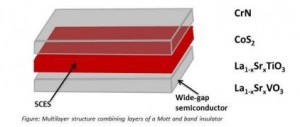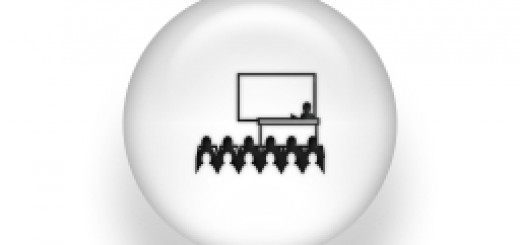Thermoelectric properties of Chromium Nitride
 Wednesday, 16th January 2013. 12:00-13:00
Wednesday, 16th January 2013. 12:00-13:00
Francisco Rivadulla
(Centro de Investigación en Química-Biológica y Materiales Moleculares, CIQUS, Universidad de Santiago de Compostela)
ABSTRACT:
The possibility of converting waste heat into usable electrical energy made thermoelectricity a very active area of research in solid-state chemistry and physics during the last decades. More recently, after the development of physical methods for the growth of thin-films and multilayered structures, the activity re-energized due to the possibility of tuning independently the electrical and thermal conductivities in the nanostructures. However, the best performances are still based in classical Bi,Sb-Te, and similar alloys, and apart from zintl Yb14MnSb11 phases and some promising misfit Co-oxides, almost no new materials have been proposed in the last years.
In this talk I will describe the thermoelectric properties of cubic CrN. This system is a degenerate semiconductor with a fairly low resistivity and large thermoelectric power, which becomes antiferromagnetic below » 285 K. The thermal conductivity is surprisingly low when compared to TiN and other nitrides, although still too large for practical applications. Both the thermal conductivity and electrical resistivity are anomalous, due to the magnetostructural coupling of the system.
I will describe our efforts to increase the thermoelectric power factor by chemical doping, and through the fabrication of thin films. In this case we were able to increase the power factor by more than an order of magnitude, reaching » 15 mW/cmK2 at room temperature.

















